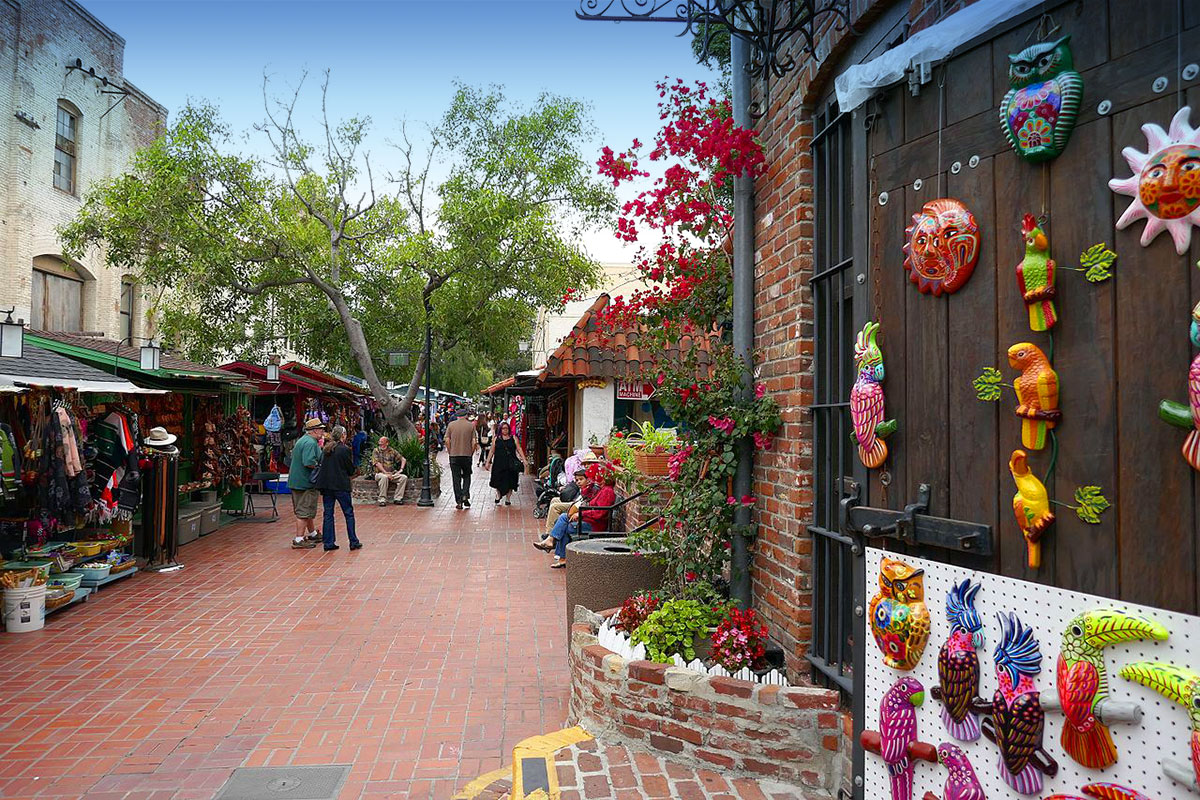
(This is Part 1 of a series)
Los Angeles is known for everything new, exciting, and trendy that the city has to offer, but few people take the time to stop and truly appreciate the city for its history. Parts of LA’s historical timeline are glamorous and celebrated, but if you ask around, many locals will not even know of the origin of one of the world’s most famous cities. Joe’s Auto Parks has dug into the archives to share LA’s incredible story.
LA’s Founding Years: El Pueblo
Los Angeles was founded in 1781 by a group of 44 settlers. The area was originally named El Pueblo de La Reina de Los Angeles, translated “The Town of the Queen of Angels”. The 44 settlers were a group of people from Native American, African, and European heritage who traveled over one thousand miles across the desert from northern Mexico. During this initial settling, California was part of Mexico and under Spain’s rule, until Mexico gained independence in 1810. As part of California, Los Angeles remained under the Mexican flag until 1847. While the growth of the Los Angeles region had only just begun, these founding years laid the foundation for LA’s culture and history as we see it today.

DTLA’s Historic Sites
The booming growth and attraction that visitors and locals witness in Los Angeles today dates back to LA’s first 60 years. By the late 1840’s El Pueblo had already become the largest town in California, and it did not stop there. In the 1880’s the abundance of land, new railroads, and year-round sunny Southern California weather began to attract more and more people who were looking for new opportunities and winter-free living.
The end of the 19th century was essentially the beginning of DTLA. Just south of El Pueblo, businesses began to open in what is now the historic core of Los Angeles. Many buildings that began construction in the 1800s are still standing today, and have become iconic parts of the city . Over the 100 years since the city’s original settlers, ‘Los Angeles’ experienced a major transformation from a small farming community to an industrialized city.

Where to Visit: A Historical Tour of Downtown Los Angeles
Where is the best place to visit to buff up on Los Angeles’ history? Downtown LA. The downtown area was the core of the city’s growth in the 19th century. Los Angeles’ downtown core still honors the original town of El Pueblo with the preservation of historical monuments and buildings from the old days. Visitors can take a stroll back in time through the historic region just outside of Union Station. This area includes the Old Plaza dated back to 1824, the Pico House built in 1869, the Plaza Firehouse (and now museum) from 1884, the Sepulveda House built in 1887, and many more attractions right in the heart of DTLA.

Olvera Street
Olvera Street is one of downtown LA’s most popular attractions, full of culturally rich food and craft vendors. The alley is a big part of historic Downtown Los Angeles, celebrating the city’s Mexican heritage. It was originally called Wine Street due to the vineyards that once surrounded the road before the area developed. Some people refer to Olvera Street as “the birthplace of Los Angeles.” (Park at Joe’s 233 S. Main St)

The Plaza House
The Plaza House is located just on the outer rim of downtown Los Angeles. It was built in 1883 as a hotel and commercial building. Today, it is in use as LA Plaza de Cultura Y Artes, and it is open to visitors and for events (LA Conservancy). (Park at Joe’s 233 S. Main St)

The Bradbury Building
The Bradbury Building, located at 304 S Broadway, was built in 1893 and is the oldest commercial building remaining in the central city. It is a must-see for visitors of DTLA, with its iconic Victorian court and iron railings that have attracted photographers for years. (Park at Joe’s 245 S Broadway)

Grand Central Market
Standing for over a century at 317 S Broadway, Grand Central Market was first constructed in 1897 with The Ville de Paris department store as the original primary tenant. The construction made architectural history, leading the way with innovation as the city’s first fireproofed and steel-reinforced structure. In 1905 the second building was built (facing Hill Street) as the first reinforced concrete building in Southern California. Grand Central Market opened in 1917 and has hosted restaurant vendors ever since. (Park at Joe’s 245 S. Broadway)
Local Tip: For visitors who are wondering where to park near these historic attractions, park at Joe’s Auto Parks’ 220 S Spring Street location.
Early 20th Century Expansion
By 1900-1910 the city continued to expand with new theatres, hospitals, businesses, and apartment buildings in the downtown area. California architecture began to form its own style with early 20th century homes and commercial buildings. Today, many of these are preserved and still standing.
Stay tuned for a breakdown of the next era of DTLA’s history.
Before planning your visit to Los Angeles’ historical attractions, visit JoesAutoParks.com and sign up for Joe’s email list for the latest news in the DTLA area.


Comments are closed.